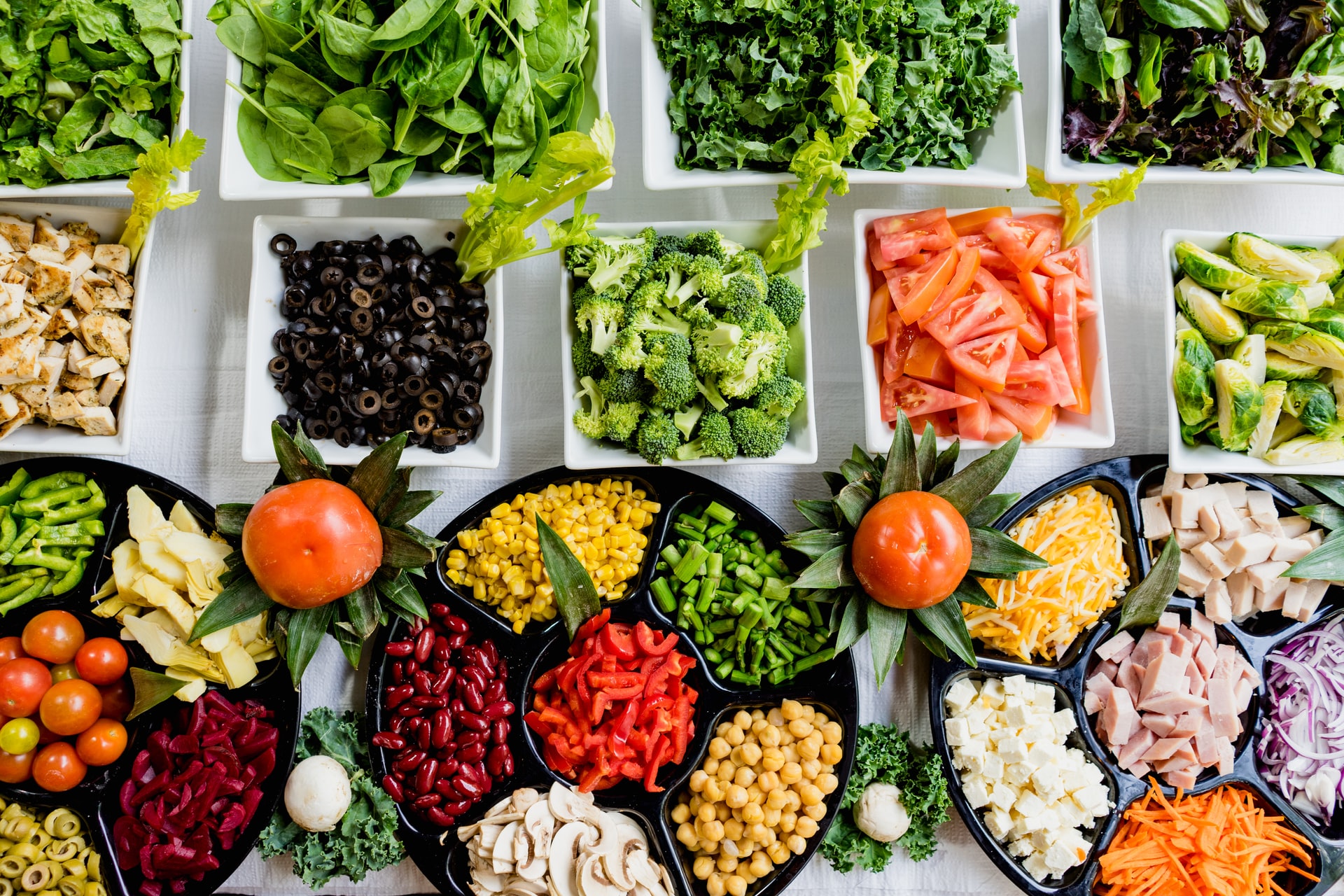Food wastage isn’t a new phenomenon. It’s been happening for years and shall continue. Did you know that we throw away a third of the food we grow? Food wastage can lead to a new set of problems for the planet. Well, most of us are busy utilizing our 50 darmowych spinów bez depozytu in online casinos and farmers, and restaurant owners are suffering because of food wastage.
During the pandemic (COVID-19), restaurants and farmers had to experience monetary loss. Nobody could step out of homes, and in some countries, there was a complete lockdown. Restaurants were forced to shut down, and farmers couldn’t sell their produce on a regular basis. Here’s an article that sheds light on how food wastage leads to a number of problems. Why is it happening? How do we manage this problem? Keep reading to find out.
IMAGE: UNSPLASH
Food Wastage – Why It Happens
High-income countries are wasting tons of food every single day. The fast-food chains do not sell out the food, and everything that gets leftover goes into the dustbin. A third of the food gets spoiled or squandered before it reaches our plate. As per Food & Agriculture Organization (United States), there is limited knowledge about storing and handling food. Moreover, there is also a lack of infrastructure and disapproving climate conditions. This is common in a low-income country.
In the United States and other high-income countries, people focus too much on aesthetics. They may find something too big, too ripe, too tiny, or an improper shape. If people are very choosy, all the good vegetables and fruits will go wasted. Thanks to gourmet cooking shows – we focus too much on aesthetics. If a vegetable or fruit doesn’t ‘look’ appetising, people won’t eat it.
What Happens To The Wasted Food?
All the wasted food goes into landfills. These foods start rotting and then release greenhouse gases. Do you know how much energy is consumed to produce and manufacture these foods? That’s not all! We have to transport and also store the food. You cannot imagine the amount of carbon dioxide which is released during the process. The population is increasing, and lots of food is getting wasted every passing day. There will be a time when there will be no food to put on one’s plate.
How Can We Reduce Food Wastage?
We must start spreading awareness about the ill effects of food wastage. The farm-to-fork approach can help in this case. Here are some of the ways in which food wastage can be reduced:
- Usage of drones: Drones can monitor farmer activity. Many farmers use pesticides, and they don’t share this with the people who consume them. When drones monitor the activity, the farmers will have nothing to hide. They will stop using pesticides. It will be good for the environment.
- Changes on a personal level: When one person starts changing their habits, others will follow. Change begins right at the comfort of your home. Stop discarding food and buy what is needed. You can also start planting your own vegetables and fruits in the backyard. You must also buy what you need and not indulge in impulsive purchases.
Perhaps Masterchef kitchens need to endorse the idea of creating dishes using leftovers. They should also shift their focus from aesthetics and use vegetables and fruits of all kinds of shapes and sizes. Throwing away food is harmful to the planet. We don’t realise it now, but it is also denting our pockets. So, take the initiative and stop wasting food.
IMAGE: UNSPLASH
If you are interested in even more lifestyle-related articles and information from us here at Bit Rebels, then we have a lot to choose from.


COMMENTS